Surgical Navigation
Outer Reef Technologies
Examples of Our Surgical Navigation and Custom Applications
3D tracking technology provides that needed detailed view by digitizing, formatting, and enabling visualization measurement data. Positional movement of the point of interest (POI) can be tracked on the X, Y and Z axes of a 3D coordinate system. Rotation (roll, pitch and yaw) on these axes is calculated as orientation data. Movement in all directions is known, from any angle/perspective. This movement is reported in relation to a fixed object or reference frame; i.e., a ‘home’ location. Multiple objects—and their respective locations to each other—can be dynamically tracked at once.
To apply the GPS analogy to surgical navigation applications, patient imaging datasets represent the map. The target/treatment site is the destination. And a sensor embedded into an OEM surgical instrument such as a catheter, or a medical instrument fitted with trackers act as the vehicle.
3D tracking technology can enable the position and orientation of the catheter or instrument to be known in relation to its home/start location and destination as it’s navigated through the body. The catheter or instrument’s path (route) is visualized, planned, navigated, and presented in real-time to the clinician in the host OEM software interface.
3D tracking technology bridges the gap between static patient images and dynamic instrument movements; it brings the physical world into digital interfaces. The live stream of measurement data allows instruments to be shown at the right place, at the right time. As with GPS navigation, the value of 3D tracking technology is tied to its accuracy. It’s the difference between arriving exactly at your destination or being off by miles – or millimetres in surgical navigation applications.
Optical tracking systems are widely adopted in surgical navigation. An optical tracking system is designed based on the principle of stereo vision with high-precision and low cost. This system uses optical infrared LEDs that are installed on the surgical instrument as markers and a near-infrared filter is added in front of the stereo camera lens to eliminate the interference of ambient light. The algorithm based on the region growing method is designed and used for the marker’s pixel coordinates’ extraction. In this algorithm, the singular points are eliminated and the gray centroid method is applied to solve the pixel coordinate of the marker’s center. Then, the marker’s matching algorithm is adopted and three-dimensional coordinates’ reconstruction is applied to derive the coordinates of the surgical instrument tip in the world coordinate system. In the simulation, the stability, accuracy, rotation tests, and the tracking angle and area range were carried out for a typical surgical instrument and the miniature surgical instrument.
Motion tracking based on commercial inertial measurements units (IMUs) has been widely studied in the latter years as it is a cost-effective enabling technology for those applications in which motion tracking based on optical technologies is unsuitable. This measurement method has a high impact in human performance assessment and human-robot interaction. IMU motion tracking systems are indeed self-contained and wearable, allowing for long- lasting tracking of the user motion in situated environments.
Inertial units-based motion tracking have been used for navigation since decades ago. Initially developed for the attitude estimation of aerial vehicles. In recent years, IMUs are often used to track human motion thus becoming an enabling technology for several applications which include localization, human-robot interaction, rehabilitation and ergonomics.
An articulating arm is a type of CMM that uses rotary encoders on multiple rotation axes instead of linear scales to determine the position of the probe. These manual systems are not automated, but they are portable and can reach around or into objects in a way that cannot be accomplished with a conventional CMM to perform 3D inspections, tool certifications, CAD comparison, dimensional analysis, reverse engineering, and more. The movement of the articulating arm allows for ease of use, as well as a broader scope of measuring ability as it pivots at the wrist, elbow, shoulder, and base of the system. The encoders at the system's base triangulate the location of each joint to the probe tip in 3D space.
The ability to easily transport a highly accurate system such as an articulating arm allows surgeons to take measurements in difficult to reach scenarios, without having to adjust their workflow. Unlike fixed CMMs, the probe of an articulating arm is not restricted to travel within the extent of a confined measurement bed. The articulating arm can be fixated to the anatomy and/or surgical instruments to track real time position and orientation with data collection speeds of 2GB/sec and higher.
Motion Capture (mo-cap or mocap) can also be designed to use more than one of the above technologies in unsen. For example,improvements to articulating arms also include the integration of laser line scanners in combination with the traditional touch probe, thereby allowing the system to seamlessly scan across a diversity of surface materials, including those with high contrast, reflectivity, and geometric complexities. Optical systems can integrate IMU's to assist with line of sight and occlusion issues. Outer Reef Technologiescan design the optimal system for your application.



Product development services include but are not limited to; medical device development, robotics, electronics, firmware, software, mechanical design. Our team can help from initial concept through product launch and anywhere in-between.
Our team excels in understanding regulatory requirements for developing a thorough and cost effective plan, to meet your specific needs. We can assist in developing a quality management system for your company, guiding products through regulatory testing, and formal submissions such as FDA/EU/CE.
As we have many years of experience in new product development and prototypes we have transitioned over the years into also supporting our clients from production equivalent builds used for verification and validation to full production line support of complex electro-mechanical and optical assemblies.
Surgical Navigation System is an integral component of computer-assisted surgery. It supports surgical methods that are based on the technology of digital imaging. It furnishes the surgeons with the ability to do pre-operative planning and also accurately navigate surgical instruments during the procedure. The Surgical Navigation System finds application in a wide range of fields nowadays. It helps in orthopedic surgery, maxillofacial surgery, visceral radiosurgery, and also in implant dentistry.
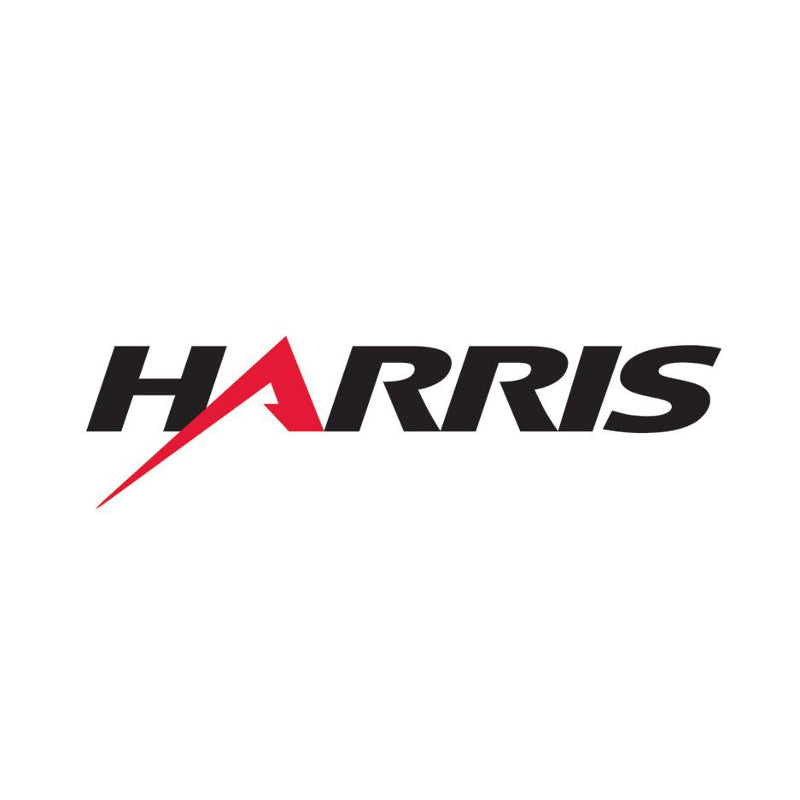
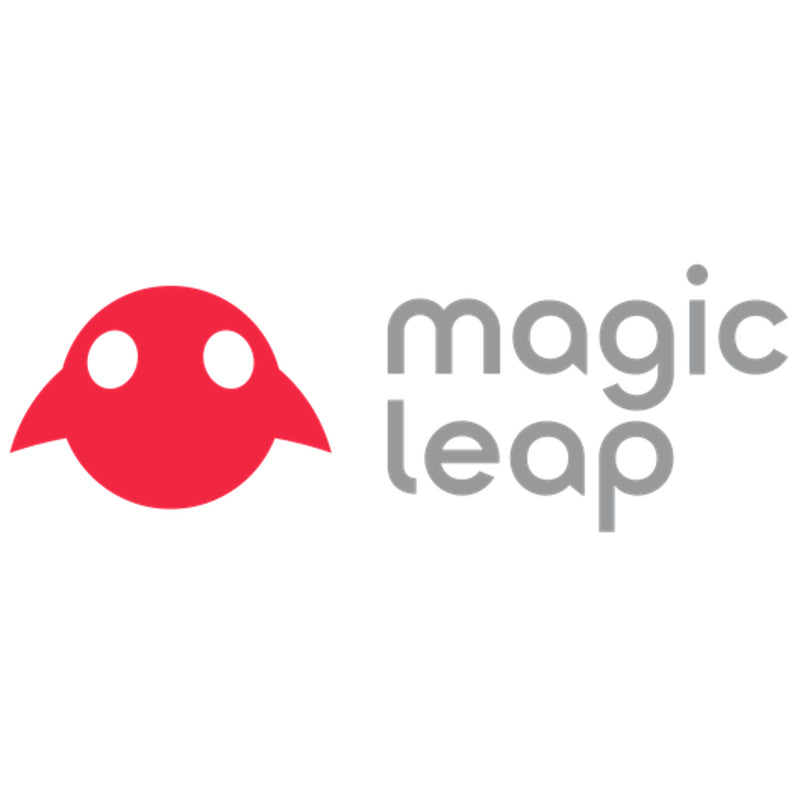
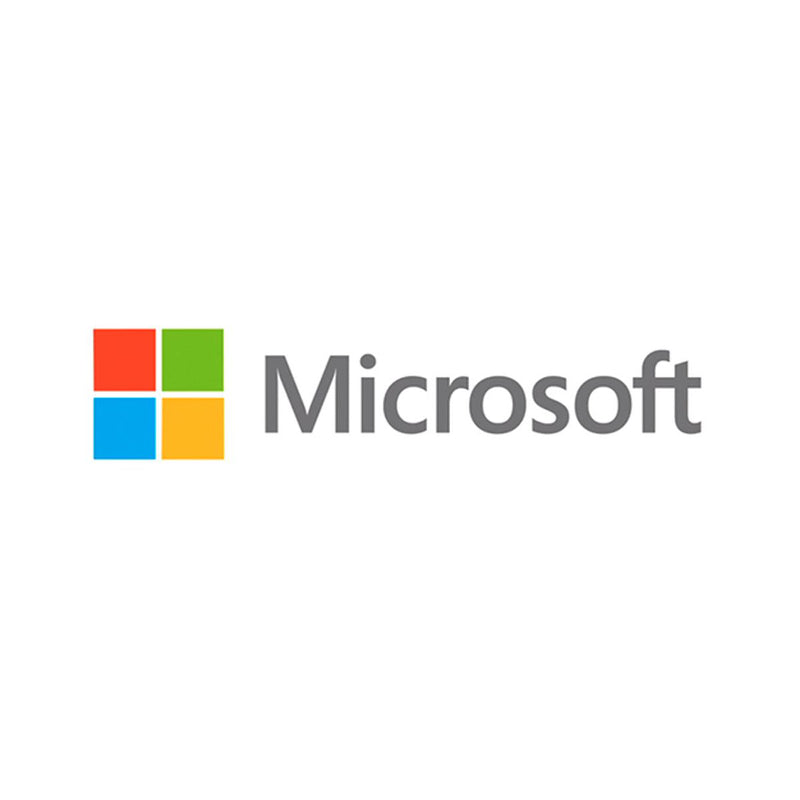
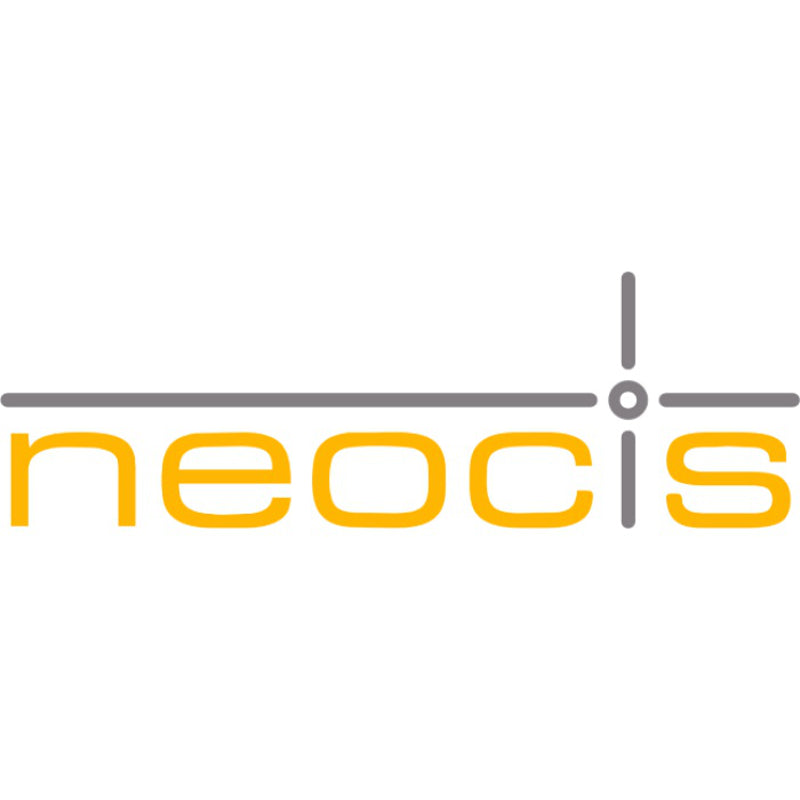
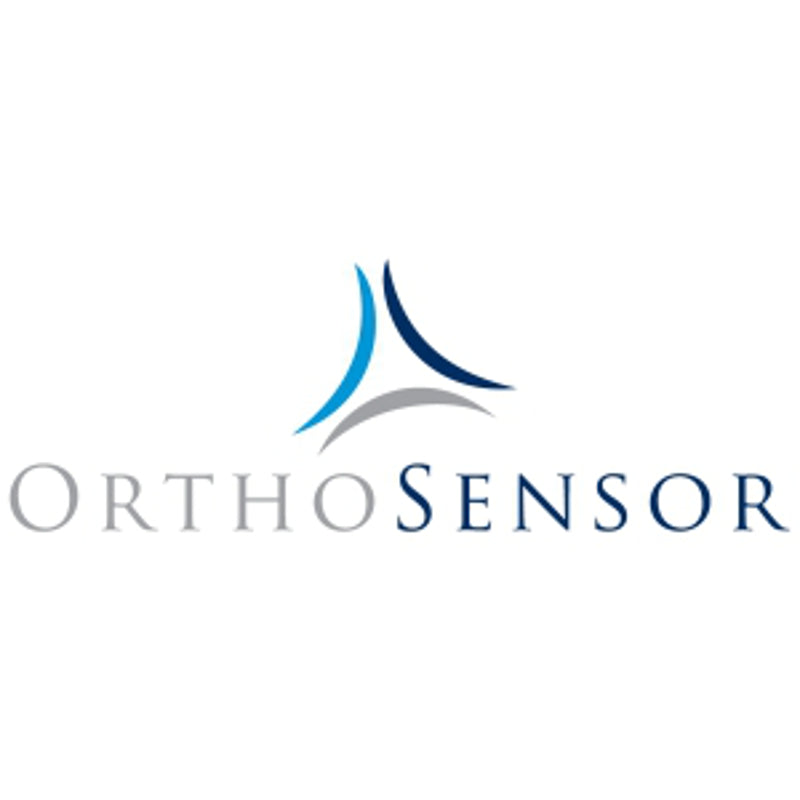
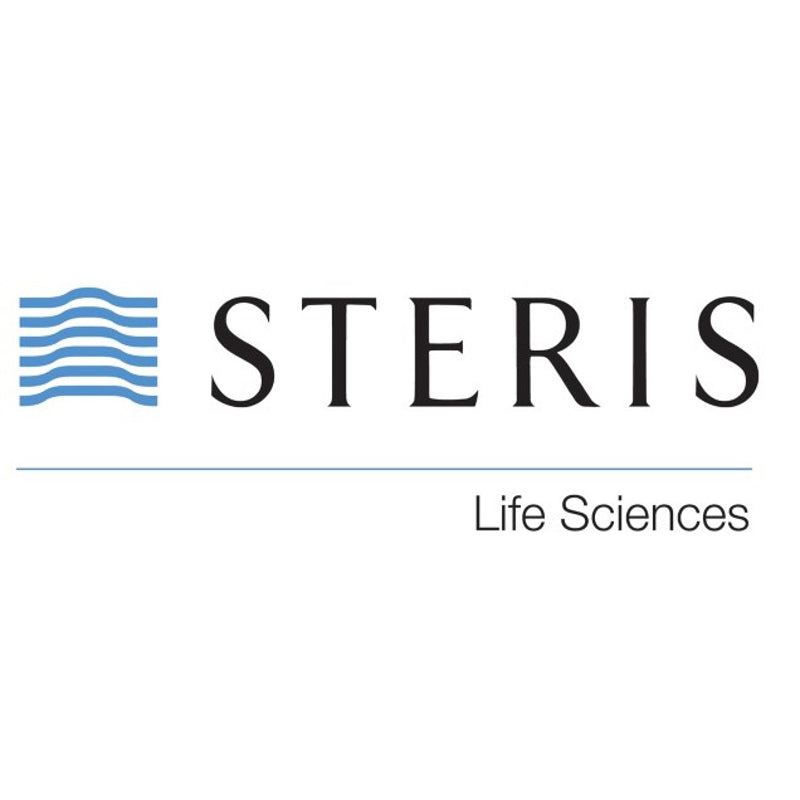
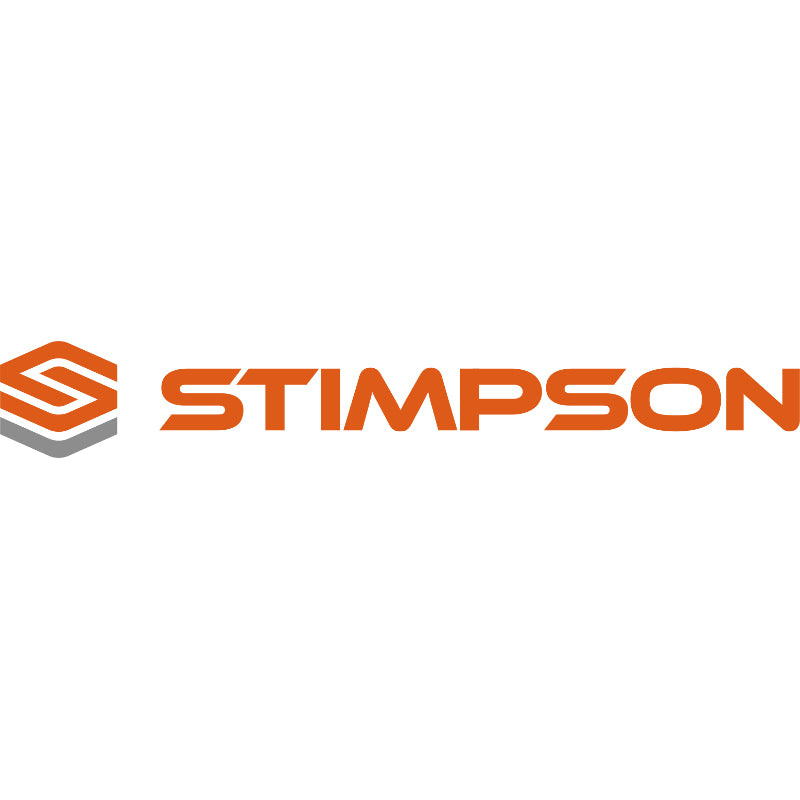
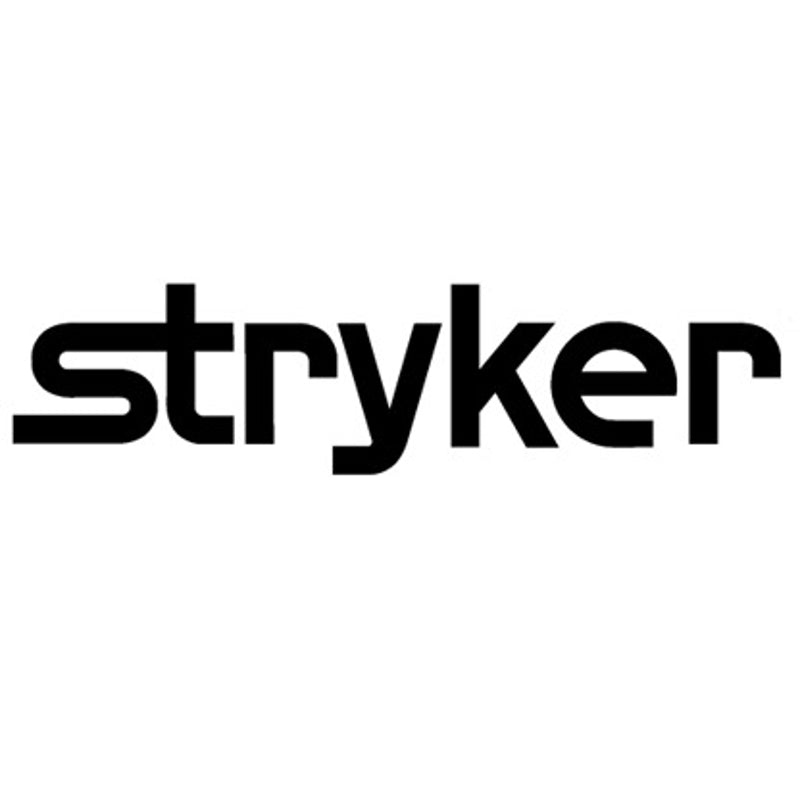
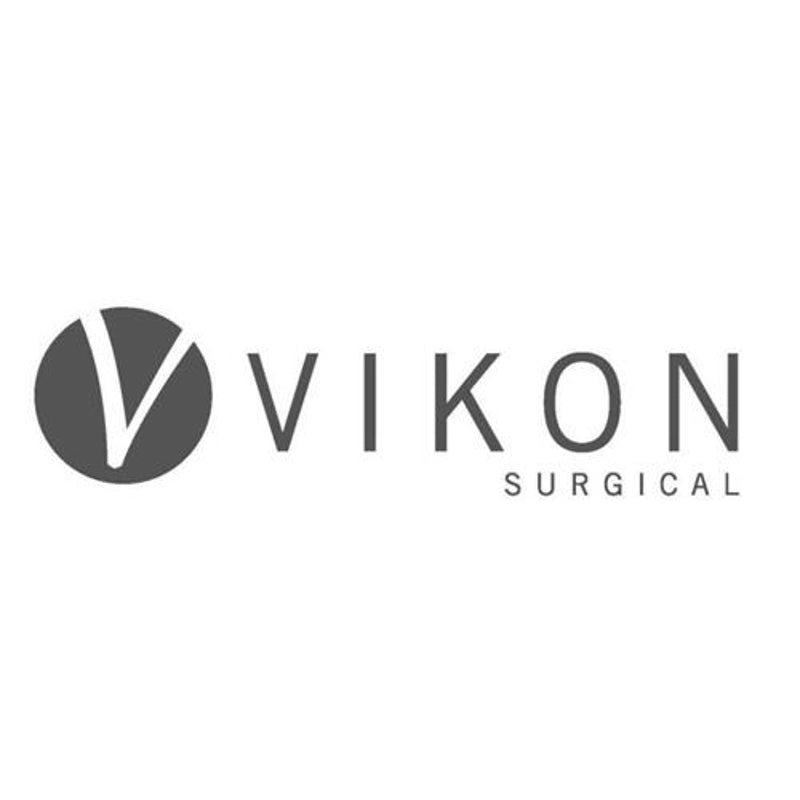
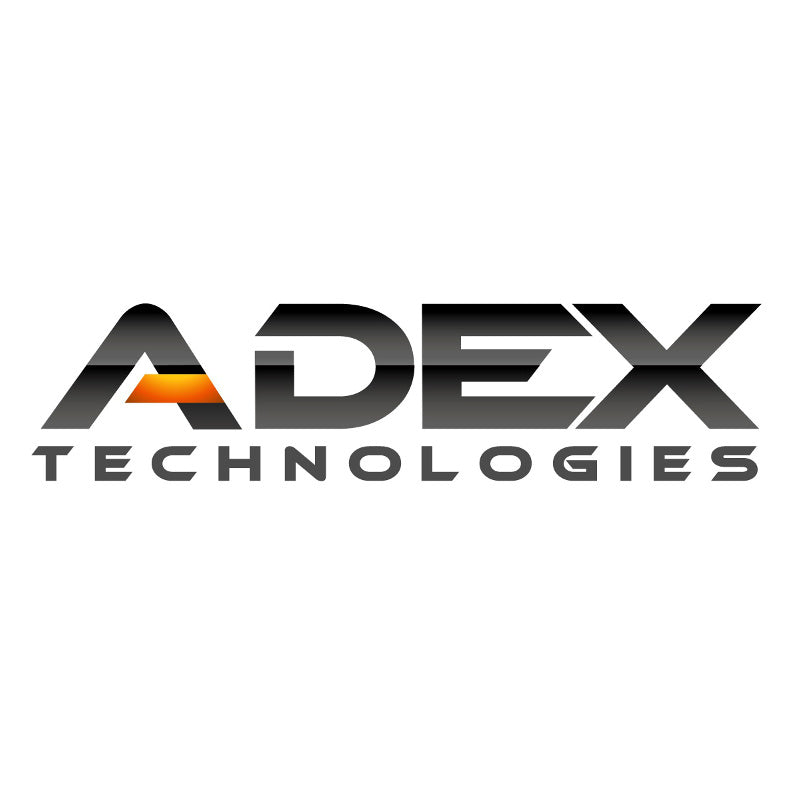

Thank you for you interest and we look forward to speaking with you! Call us directly to speak with one of our engineers or feel free to email us and we will contact you within 24 hrs to discuss your project needs.
